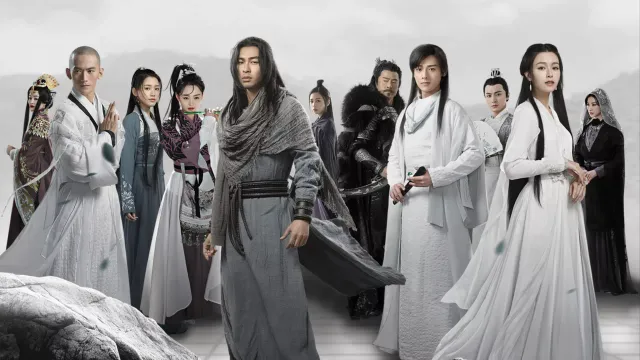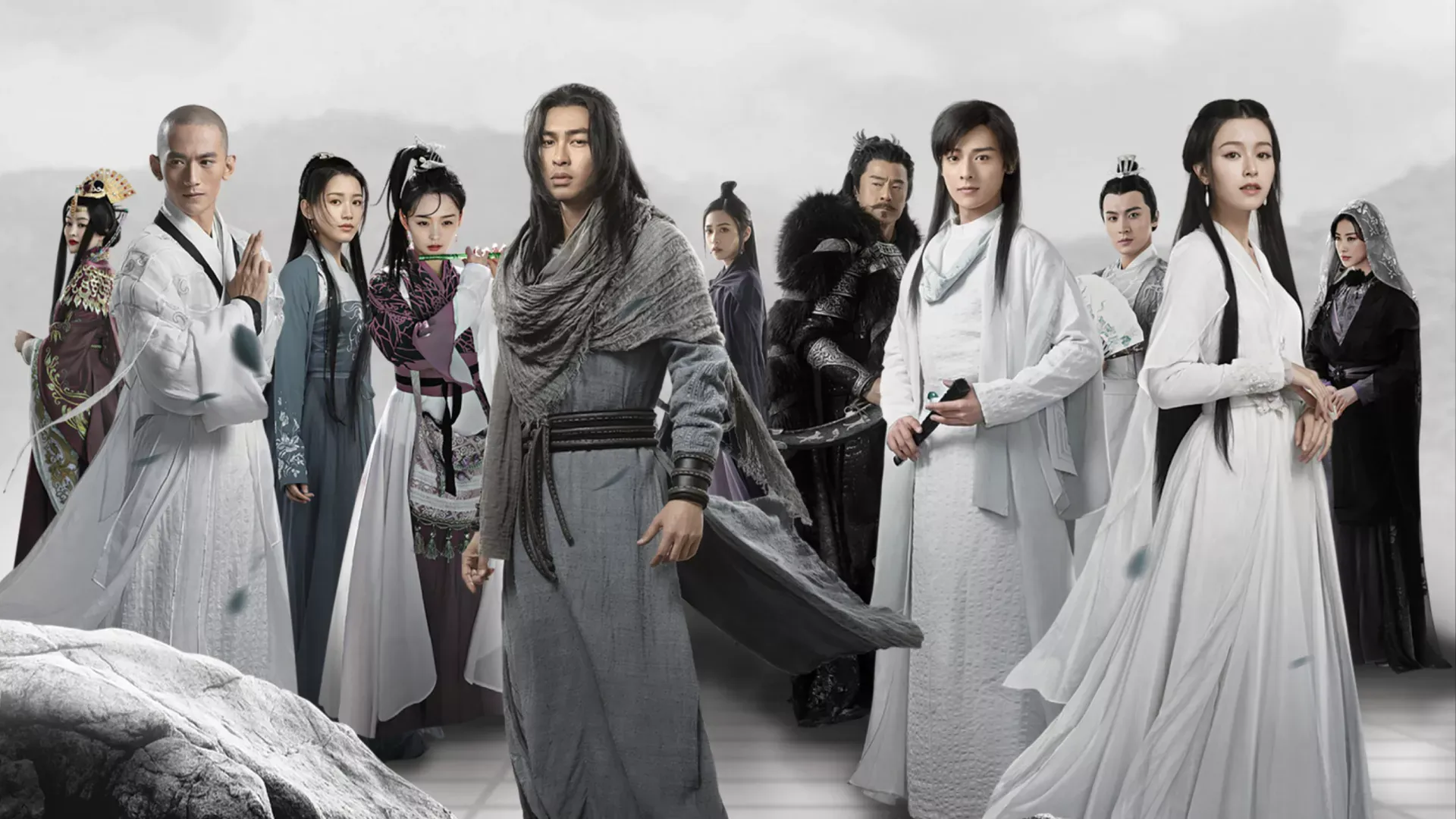Qingliang Temple (simplified: 清凉寺, traditional: 清涼寺, pinyin: Qīngliáng Sì) is a Buddhist temple located on Mount Wutai1 in Shanxi2 province. The temple is known for its martial arts techniques and spiritual practices, with Shenshan Renshi (神山上人 – Shénshān Rénshī) serving as the abbot.
History
Foundation
Qingliang Temple was established as a Buddhist temple on Mount Wutai (五台山 – Wǔtái Shān), one of the Four Sacred Mountains of Chinese Buddhism. The temple’s name, meaning “Cool and Clear Temple,” reflects its location and spiritual atmosphere.
Buddhist tradition
The temple follows traditional Buddhist monastic practices and is part of the broader Buddhist community on Mount Wutai. The temple’s monks devote themselves to spiritual cultivation and martial arts training, maintaining the balance between religious practice and self-defense skills.
Martial arts development
The temple developed its own martial arts system, including the Tiger-subduing Fist and Demon-subduing Fist techniques. These martial arts reflect the temple’s Buddhist philosophy while providing practical combat capabilities.
Organisation
Leadership structure
The temple is led by Shenshan Renshi (神山上人 – Shénshān Rénshī), who serves as the abbot. The temple follows traditional Buddhist monastic hierarchy with emphasis on both spiritual practice and martial arts training.
Notable members
Leadership:
- Shenshan Renshi (神山上人 – Shénshān Rénshī) - Abbot of Qingliang Temple
Martial arts abilities
Tiger-subduing Fist
Tiger-subduing Fist (伏虎拳 – Fúhǔ Quán) is one of the temple’s signature martial arts techniques. This technique focuses on subduing opponents with powerful strikes, reflecting the temple’s emphasis on non-lethal combat methods.
Demon-subduing Fist
Demon-subduing Fist (伏魔拳 – Fúmó Quán) is another important technique practiced at the temple. This technique is designed to overcome evil and negative influences, embodying the temple’s Buddhist philosophy of conquering inner demons.
Temple martial arts system
The temple maintains a comprehensive martial arts system that combines Buddhist philosophy with practical combat techniques. The monks train in both qi cultivation and external combat skills, emphasizing the balance between spiritual and physical development.
Relationships
Connection to Mount Wutai
Qingliang Temple is part of the broader Buddhist community on Mount Wutai, one of the Four Sacred Mountains of Chinese Buddhism. The temple maintains connections with other Buddhist institutions on the mountain while developing its own unique traditions.
Buddhist community
The temple is part of the broader Buddhist community in the region, maintaining connections with other Buddhist institutions while serving its specific role as a martial arts temple. The temple’s emphasis on both spiritual practice and martial arts training sets it apart from purely religious institutions.
Regional influence
As a temple on Mount Wutai, Qingliang Temple benefits from the mountain’s status as a sacred Buddhist site. This location provides the temple with both spiritual significance and practical advantages for training and development.
Locations
Mount Wutai location
The temple is located on Mount Wutai (五台山 – Wǔtái Shān) in Shanxi province, one of the Four Sacred Mountains of Chinese Buddhism. This location provides the temple with both spiritual significance and natural advantages for training and meditation.
Regional significance
As part of the Mount Wutai Buddhist community, Qingliang Temple contributes to the mountain’s reputation as a center of Buddhist learning and practice. The temple’s martial arts traditions add a unique dimension to the mountain’s spiritual offerings.
Behind the scenes
Qingliang Temple represents one of Jin Yong’s explorations of how Buddhist temples could develop unique martial arts traditions while maintaining their spiritual focus. Through the temple’s combination of religious practice and martial arts training, the author examined how spiritual and physical development could be integrated.
The temple’s location on Mount Wutai, one of the Four Sacred Mountains of Chinese Buddhism, connects it to the broader Buddhist tradition while allowing it to develop its own distinctive practices. This setting provides the temple with both spiritual legitimacy and practical advantages for martial arts training.
The temple’s martial arts techniques, such as the Tiger-subduing Fist and Demon-subduing Fist, demonstrate how Buddhist philosophy could be expressed through combat methods. These techniques reflect the temple’s emphasis on overcoming negative influences and maintaining spiritual purity.
See also
- Jin Yong factions
- Demi-Gods and Semi-Devils factions
- Shenshan Renshi – Abbot of the temple
- Mount Wutai – The temple’s location
- Shanxi – The geographical region
- Tiger-subduing Fist – One of the temple’s martial arts
- Demon-subduing Fist – Another temple martial art
External links
- Mount Wutai on Wikipedia
- Shanxi on Wikipedia
- Mount Wutai (Chinese) on Chinese Wikipedia
- Shanxi (Chinese) on Chinese Wikipedia


